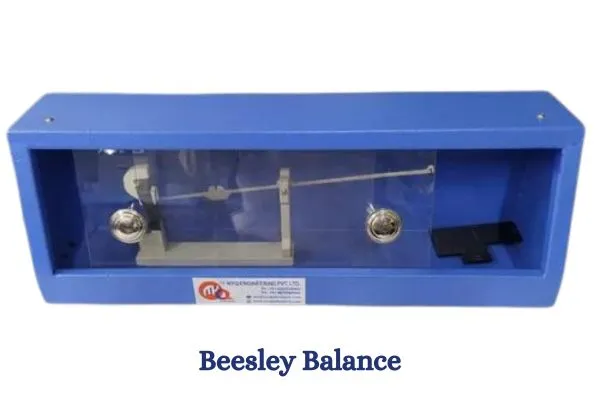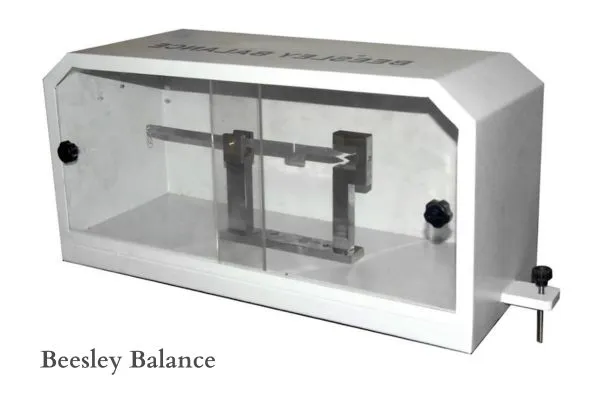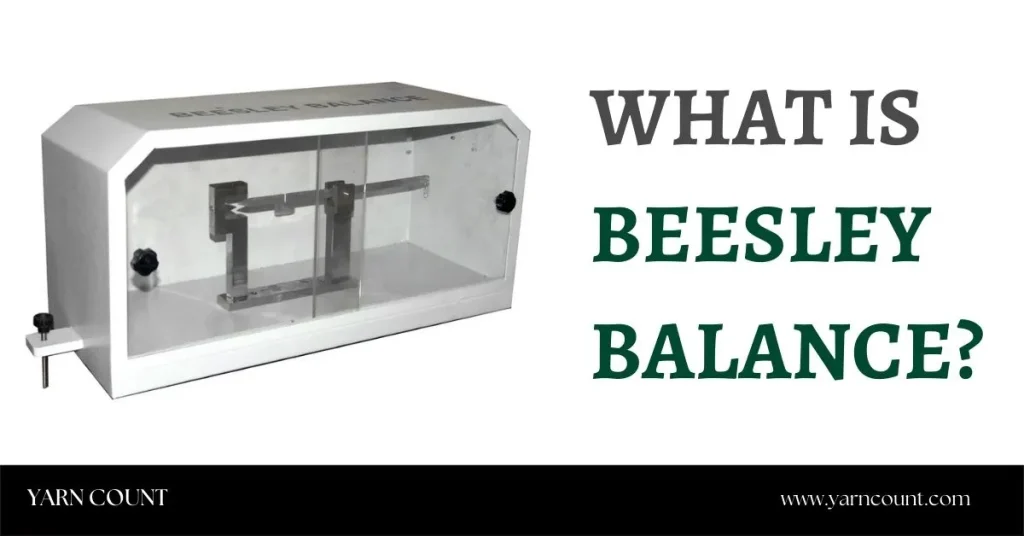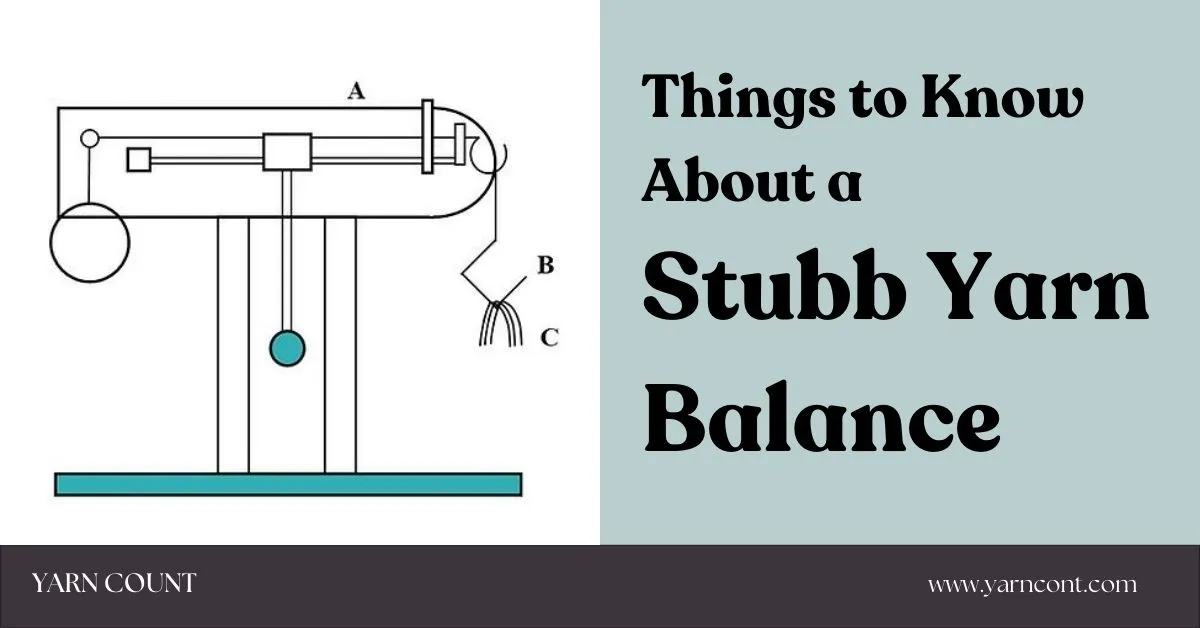In the textile industry, there are several components used to ensure that the products are being created in the correct way. Without having the measurements or weights of different fabric materials, it is almost impossible to manufacture a product without any defects. To ensure that your textile item is not faulty and does not react with certain products, you need various apparatus during the manufacturing process.

What is Beesley Balance? The Beesley balance is used in measuring the count of a yarn. If you have a small fabric sample, you can put it in the Beesley balance to measure the count of the yarn. This apparatus has its own usefulness in the textile industry.
In this article, we will go through everything you need to know about the Beesley Balance and all that.
Table of Contents
What is Beesley Balance?
The Beesley balance consists of a simple beam, a hook for threads, a standard template, and adjusting screws. The simple beam is used to balance the weight while the hook is used for hanging the specimen fibers. As for the standard template, it is used to prepare the samples. The adjusting screws come in handy for primary adjustment of the balance to receive the appropriate results.

How to Use a Beesley Balance?
The aim of using a Beesley balance is to determine the thread count of a specific fabric. To reach your aim you need to have the template, marking pens, scissors, the Beesley balance, pins, and needles.
- First, select the sample yarn for which you want to measure the count.
- Condition the sample at normal atmospheric conditions to check if it reacts with the moisture in the air.
- Put marks on the fabric using a temple and also mark the directions.
- Cut the fabric sample using scissors.
- According to the pen markings, unravel the yarns from your fabric sample.
- Set the Beesley balance on a flat plane so that the datum line and pointer are on the same level before the rider is placed.
- If you notice that the pointer and datum line are not leveled equally then adjust them to positions using the leveling screw.
- Put the rider on the notch.
- Place the marked and cut yarns on the sample hook to check if the datum line and pointer are still matching. (If they do not match then keep adding yarns so it matches).
- Once you are done adding the yarns, count the number of yarns required to balance the instrument.
- This means that if there are 25 threads in the sample hook when the Beesley balance is balanced then the count of the yarn is the 25s.
To be on the safe side it is good to take readings of the same sample a couple of times to ensure that the reading is correct.
Why is the Template Necessary for the Beesley Balance?
The template is a necessary apparatus for the Beesley balance. It is a length measuring instrument which also has eight arms. When a fabric sample is small in length it is hard to get the reading using just the Beesley balance just by the wrap reel. So, the template helps to determine the length.

Some Precautions to Take While Using the Beesley Balance.
- Stay cautious while separating the yarns from the fabric as the yarns can break down.
- Ensure that you are marking the yarns in the accurate spots.
- Be careful while cutting the yarn.
- Also, ensure that the datum line and pointer are on the same level otherwise the measurement will not be correct.
Final Words:
The Beesley balance is an important and crucial instrument for the textile industry as it is very useful for measuring small fabric lengths. However, it is also necessary to get all the requirements correct so that the reading comes accurate and there are no mistakes.


